In an interview over the weekend, ECB Governing Council member Martins Kazaks, chief of Latvia’s central bank, sought to temper market expectations regarding rate cuts. He emphasized that any anticipations of rate cuts in the spring or early summer are “not really consistent with the macro scenario” that is currently envisioned.
Kazaks underscored his contentment with the present rate levels, expressing that they stand aptly. He clarified, “While I’m comfortable with where rates are at the moment, if necessary we will take the right decisions.” However, he declined to affirm the notion that the rates have reached their peak, thus leaving room for more tightening based on future economic developments.
Stressing the urgency to effectively address the inflation issues in a decisive manner, he said, “I would like to see that we solve inflation in one attempt, that we are not forced to come back,” to avoid a scenario necessitating “larger interventions” down the line.
Separately, another Governing Council member Yannis Stournaras, Greek central bank head, said, “I would have preferred to hold rates last week. But there were arguments in favor of both outcomes — hiking and holding — so I’m fine with the decision we took.”
Last Thursday saw ECB raising the interest rates by 25bps, marking the tenth consecutive hike, thereby elevating deposit rate to a record 4%. Additionally, ECB signaled interest rates have probably peaked in the currency cycle.




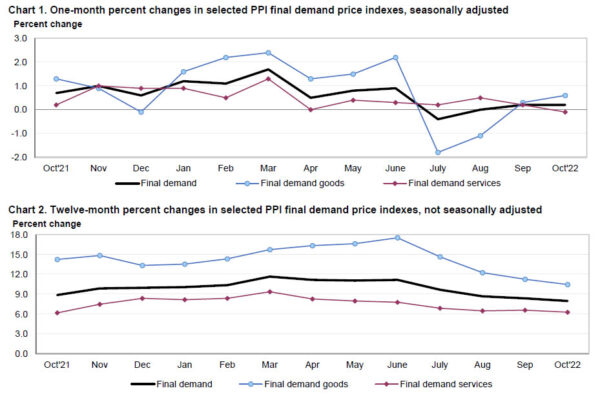
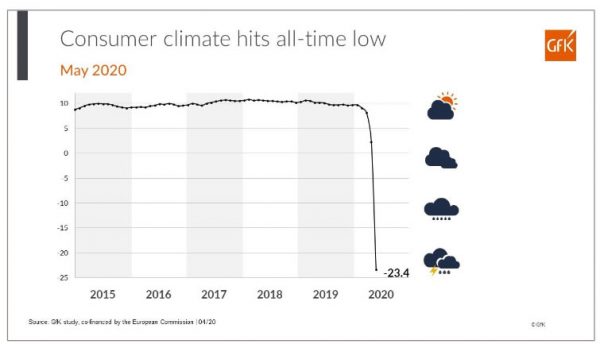
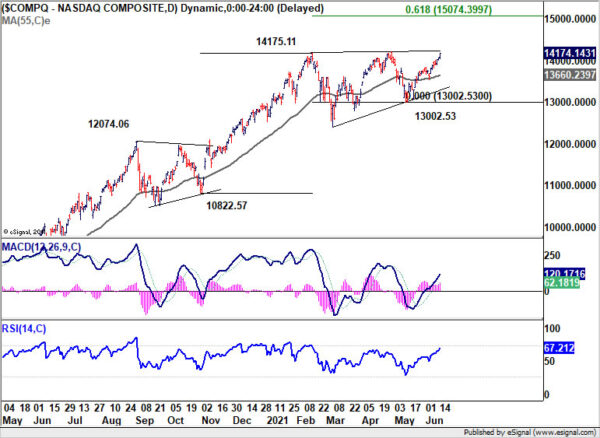
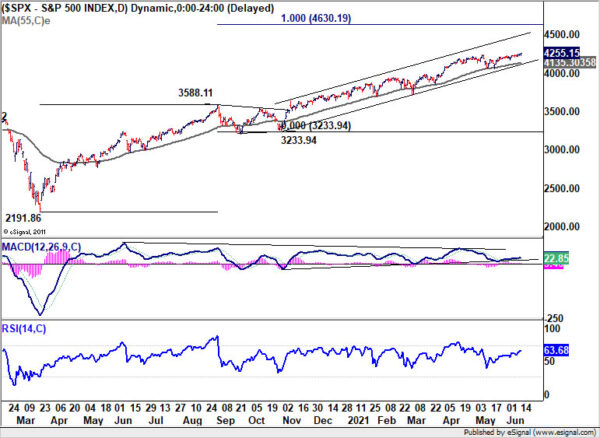
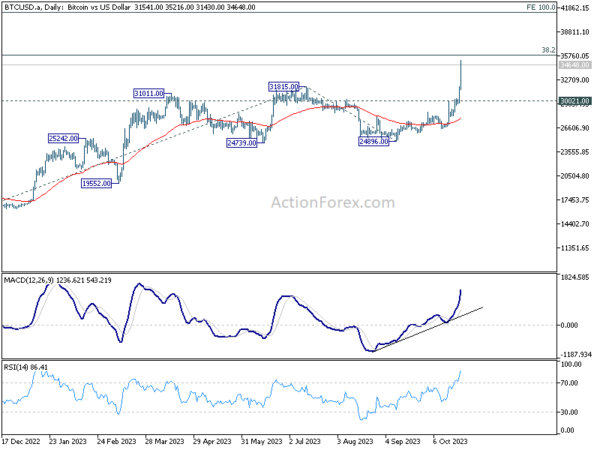
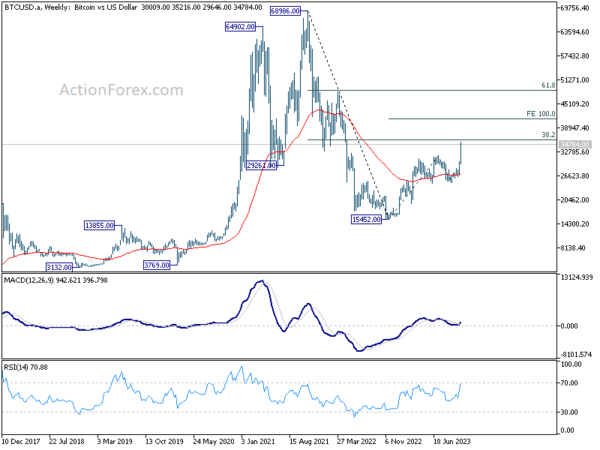

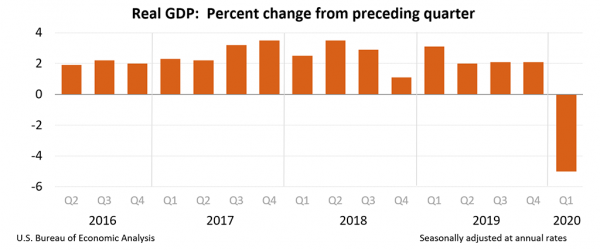
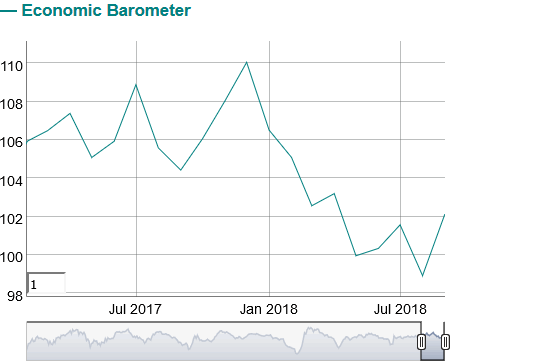
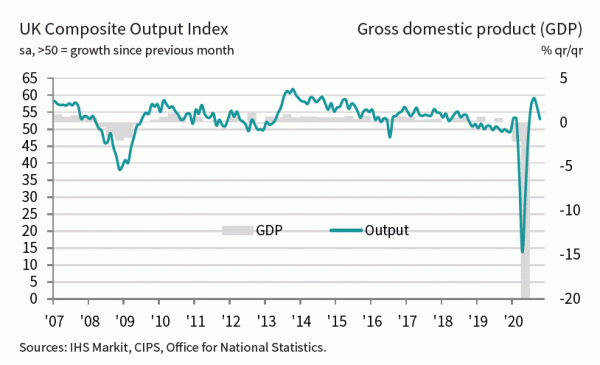
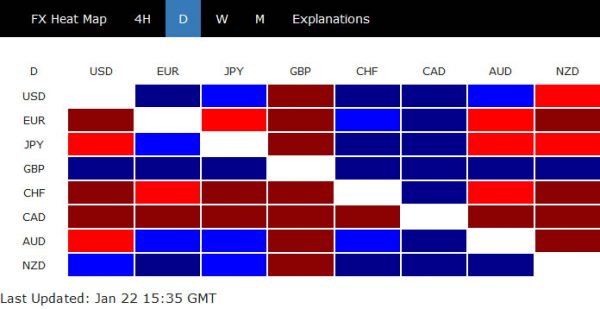
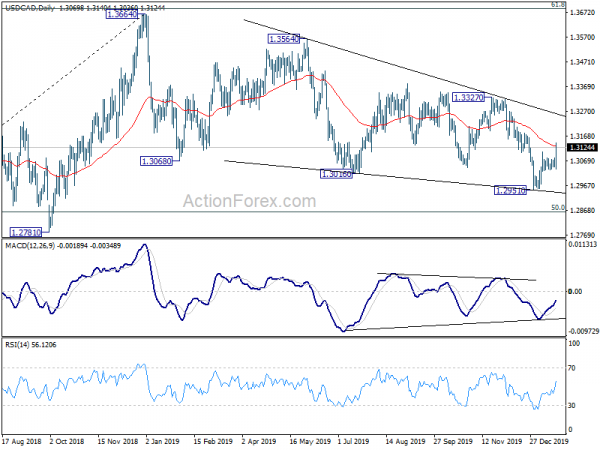
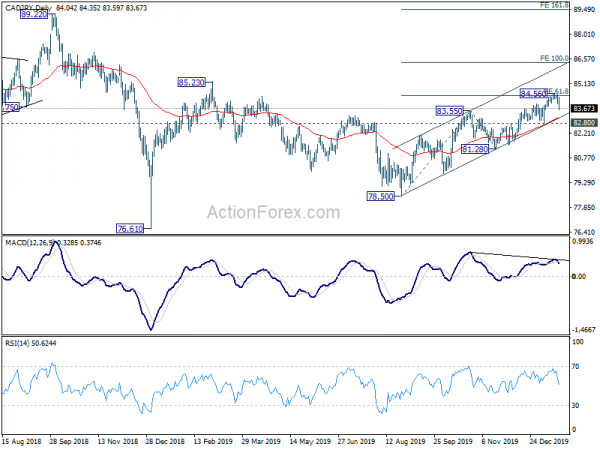
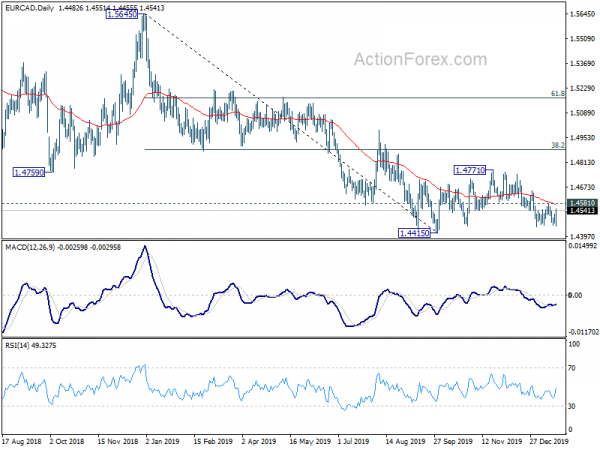
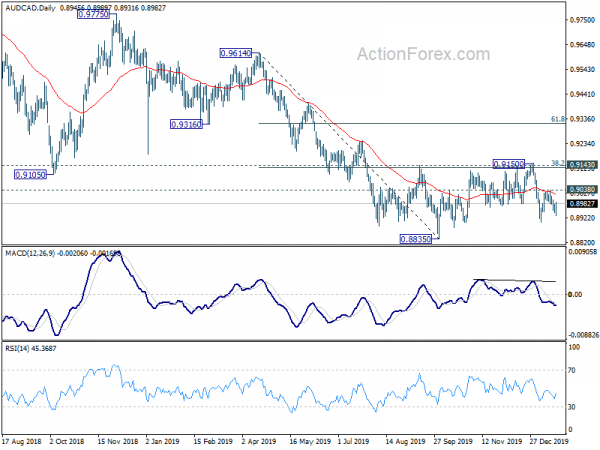
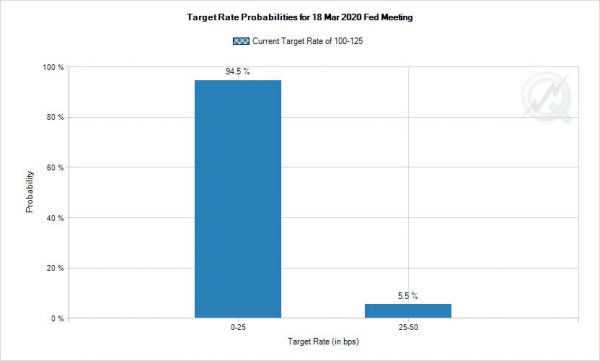
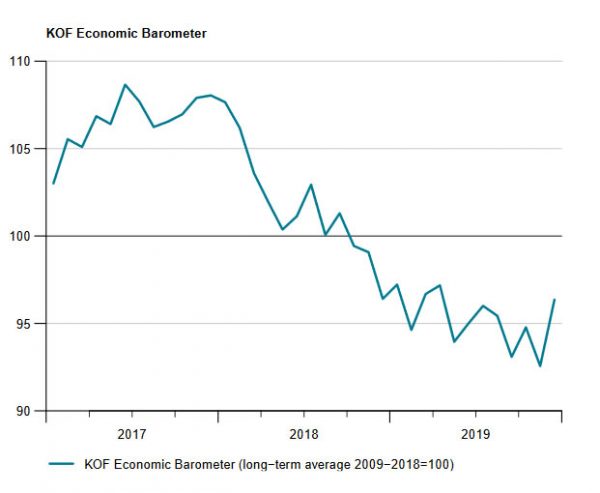
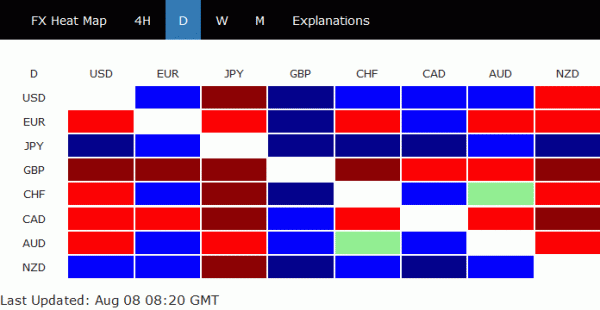
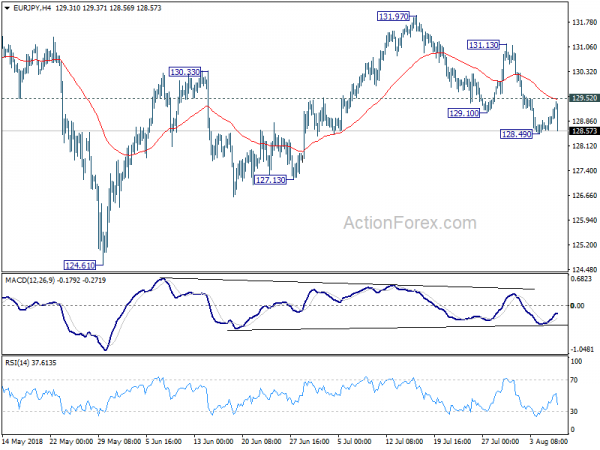
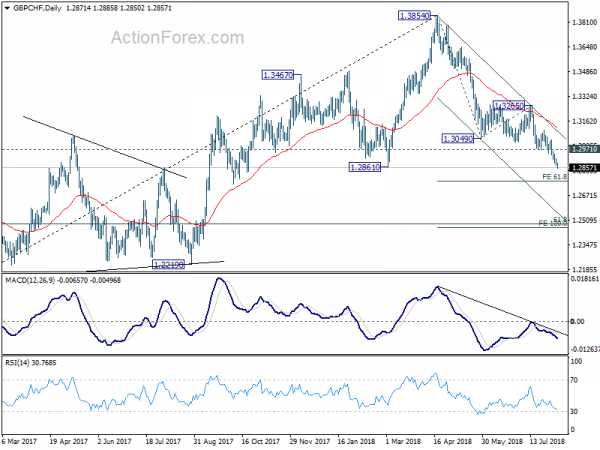

New Zealand trade deficit at NZD 501m as imports and exports plunged
New Zealand goods exports dropped -4.4% yoy to NZD 4.8B in October. Exports to China, Australian Japan declined, and rose to US and EU. Imports dropped -13.0% yoy to NZD 503B. Imports from all major partners declined, including China, EU, Australia, USA and Japan. Monthly trade deficit came in at NZD -501m, in line with expectations.
Annual trade surplus reached a 28-year high of NZD 2.2B in the year ended October. “This is the largest annual surplus since the July 1992 year, driven mainly by much lower imports after the global COVID-19 pandemic hit, while New Zealand’s exports have held up,” international trade manager Alasdair Allen said.
Full release here.